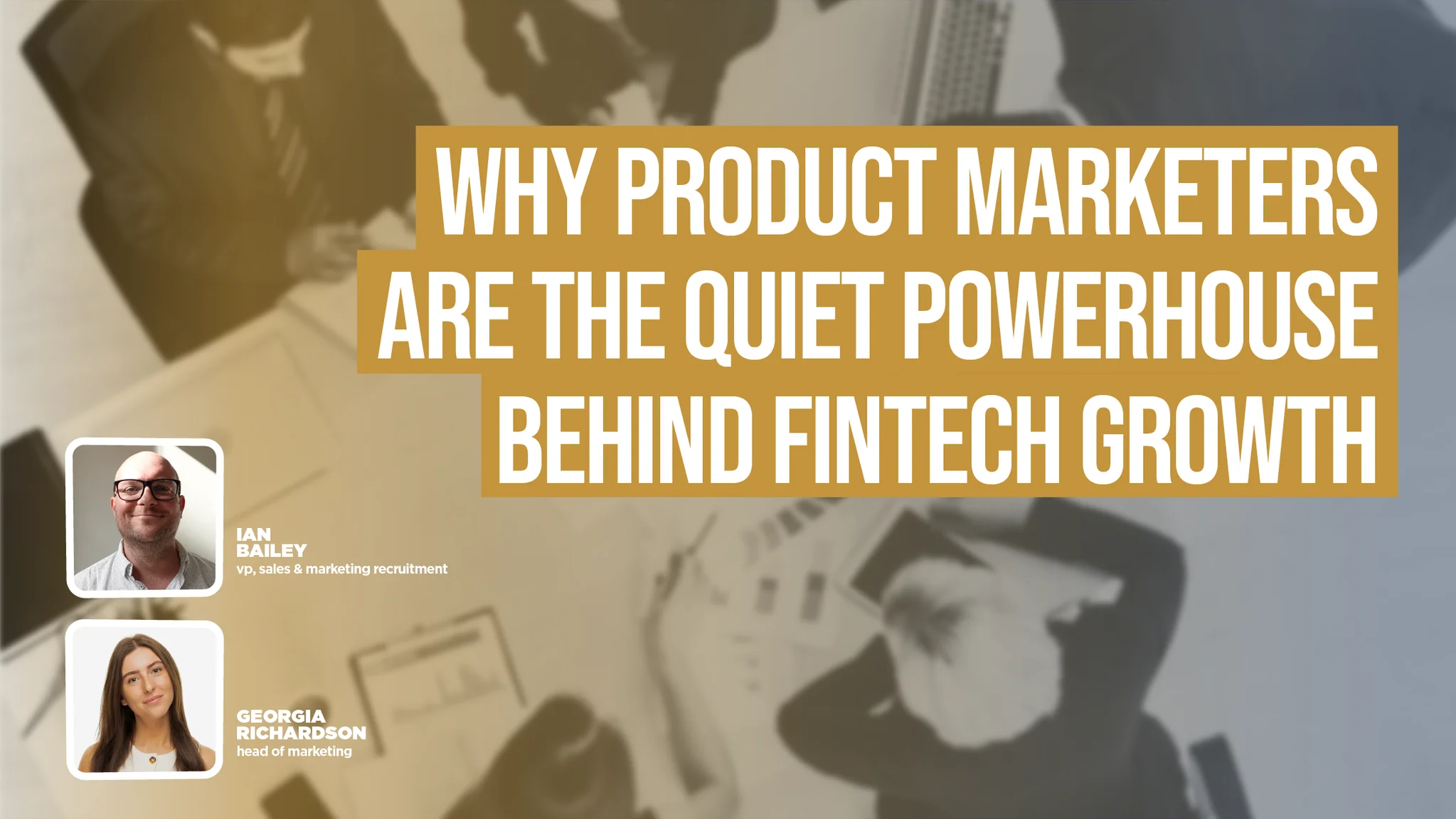Words have power. They shape our understanding, fuel our actions, and drive societal change. But sometimes, the absence of a word can be just as powerful, leaving us without the language to describe and address important issues. Ableism—the discrimination against disabled people—is one which desperately needs to become part of our everyday vocabulary.
This form of discrimination has long existed in the shadows of more recognised prejudices. Just as we use words like racism, sexism, and homophobia to combat injustice, ableism gives us the power to identify and confront prejudice against disabled individuals.
Ableism is so ingrained in our society that many fail to recognise it. I’ve seen incredibly talented colleagues with dyslexia passed over for promotions made from poor assumptions that they couldn’t handle the increased responsibilities. I’ve heard upsetting tales from wheelchair users who couldn’t attend a friend’s wedding because the venue wasn’t accessible. These are not isolated incidents, but everyday examples of the barriers and prejudices disabled people face.
Understanding Ableism
Ableism can take many forms, from overt discrimination to subtle microaggressions and unconscious biases. It’s not just about using slurs or denying services; it also covers the assumptions we make and structures we create that exclude disabled people.
Take a moment to consider what comes to mind when you think of disability. I’m going to make an educated assumption here – you automatically pictured a wheelchair user. That’s fair - it’s a symbol we see on toilet doors, parking spaces and entrances. Yet while not necessarily ill-intentioned, this itself is a form of ableism. In reality, only 8% of disabled people use wheelchairs. This stereotype overlooks the majority of disabilities, many of which are invisible.
Ableism is rooted in the misconception that disabled lives are less valuable or capable. It’s the assumption that disability is always a negative, something to be pitied or ‘overcome’, rather than a natural part of human diversity. This mindset leads to a world designed for a narrow definition of ‘normal’, excluding those who don’t fit that mould.
As a result, the impact of ableism extends beyond individual acts of discrimination. Ableism doesn't exist in isolation. It often intersects with other forms of discrimination, compounding the challenges faced by disabled individuals. A disabled person of colour may face multiple layers of prejudice and exclusion. Any approach to addressing ableism must take these intersections into account.
Ableism is a systemic issue. It’s woven into the fabric of our society, from the physical structures of our buildings to the digital landscapes of our websites. It’s present in our education systems, healthcare practices, and workplaces.
Ableism in the Workplace
The workplace is where ableism has some of its most profound and lasting effects. And I’m not just referring to physical barriers – though we can all think of hundreds. More often, it’s the attitudes and assumptions that create the most significant obstacles for disabled employees.
Consider the statistics. In the UK, the employment rate for disabled people is just 53%, compared to 81% for non-disabled people. This isn’t just a gap – it's a chasm. And it isn’t due to a lack of ability or desire to work, but rather the result of entrenched systemic barriers and prejudices that start with the hiring process and permeate throughout career progression.
Many employers hesitate to hire individuals with visible disabilities, fearing the cost of accommodations or doubting their capabilities. But ableism affects those with invisible disabilities too. These include a wide range of physical and mental conditions that are not visible or immediately obvious, including but not limited to speech impediments, reduced sight, bipolar, chronic fatigue syndrome, colitis, autism, and depression.
Even when disabled individuals are employed, they often face significant challenges. They’re less likely to be in senior roles and more likely to be in lower-paid positions. This isn’t just morally incomprehensible – it's a waste of talent and potential that businesses cannot afford.
Sectors which are seen as beacons of progressivity—such as the tech sector—are still rife with ableism. A shocking 98% of websites fail basic accessibility standards. This digital divide isn’t just inconvenient – it holds people back from advancing their careers, saving money, or staying safe online. It’s serious discrimination which we don’t talk about enough. Imagine being unable to access your company’s internal systems, participate in virtual meetings, or use essential software simply because these tools weren’t designed with accessibility in mind.
The above examples are overt. But workplace ableism also manifests itself in more subtle ways. It’s in the offhand comments that assume all colleagues can participate in certain activities. It’s in the team building exercises that inadvertently exclude some members. It’s in the office layouts that prioritise aesthetics and an open floor plan over accessibility. And the microaggressions – such as intrusive questions – need to be eradicated entirely.
What’s perhaps most insidious, though, is that workplace ableism can – and does – masquerade as a concern or even kindness. It’s the manager who doesn’t assign challenging projects to a disabled employee, thinking that they’re being considerate. In reality, they’re denying that person opportunities for growth and advancement.
How we can Address Ableism
Tackling ableism, particularly in the workplace, requires a comprehensive and sustained approach. It’s not enough to make surface-level changes or to focus on just one type of disability. We need to consider the entire spectrum of disabilities, both visible and invisible, and create environments that are truly inclusive.
The first step – as it is with any type of prejudice – is awareness. We need to make ableism part of our everyday vocabulary, just as we’ve done with other forms of discrimination. By naming it, we make it visible and open to challenge. This means educating ourselves and others about what ableism looks like, how it manifests, and its impacts on disabled individuals and society as a whole.
This awareness is only useful when coupled with concrete action. Companies need to review their hiring practices, ensuring they’re not inadvertently discriminating against disabled applicants. This might involve rethinking job requirements, offering alternative application methods, or providing accommodations during the interview process.
But hiring is just the beginning. Workplaces need to be physically – and digitally – accessible. This means going beyond basic legal requirements to truly consider the needs of all employees. It might involve redesigning office spaces, investing in assistive technologies, or ensuring all digital tools meet accessibility standards. And importantly, it always means disabled people bring part of the design process. It doesn't make sense to design for disabled people without their own input.
Training is equally crucial. All employees should receive comprehensive training on disability awareness and inclusive practices. This training should cover not just obvious forms of discrimination, but also unconscious biases and microaggressions.
Policies and procedures should be reviewed and updated to ensure they’re inclusive. This includes everything from flexible working arrangements to performance review processes. The goal should be to create a level playing field where all employees have equal opportunities to succeed and advance. Again, employers should consult with the disabled community to ensure they are meeting their actual needs.
Even if all the above is achieved, ableism won’t be eliminated until there’s a culture of openness and support. Employees should feel comfortable disclosing disabilities and requesting accommodations without fear of stigma or repercussions. This might involve creating employee resource groups, implementing mentorship programmes, or simply encouraging open dialogue about disability in the workplace.
The Path Forward
Addressing such a systemic issue isn’t just a moral must; there’s a strong business case too. Companies that aren’t accessible are potentially losing out on a quarter of their potential consumer base. Disabled consumers, when they find accessible products or services, tend to be incredibly loyal. In an age where customer retention is crucial, this is a significant advantage.
Moreover, diverse teams that include disabled individuals bring unique perspectives and problem-solving skills. They can help companies create products and services that are more accessible and user friendly for everyone, not just disabled users.
Addressing ableism is not a one-time fix but an ongoing process. The world is constantly changing, and our approach to inclusivity must evolve just as rapidly.
Ultimately, the goal should be to create a society where disabled people can thrive. This means going beyond basic accessibility to ensure full participation in all aspects of life.
This can only be achieved by making ableism a part of our everyday vocabulary. In doing so, we take the first step in addressing a pervasive form of discrimination. But words alone are not enough. We need to follow through with bold, decisive action, creating workplaces and a world that truly values and includes all individuals, regardless of their abilities. It’s time to drag ableism out of the shadows. Only then can we begin to dismantle the barriers that have for too long limited the potential of disabled individuals, and by extension, society as a whole.
In the UK today, no company would tolerate being associated with sexism, racism, or homophobia. So why is ableism still being overlooked?
By Prerna Goel, Founding Member at Project Nemo
Download your free copy of the latest Financial Technologist magazine here.







